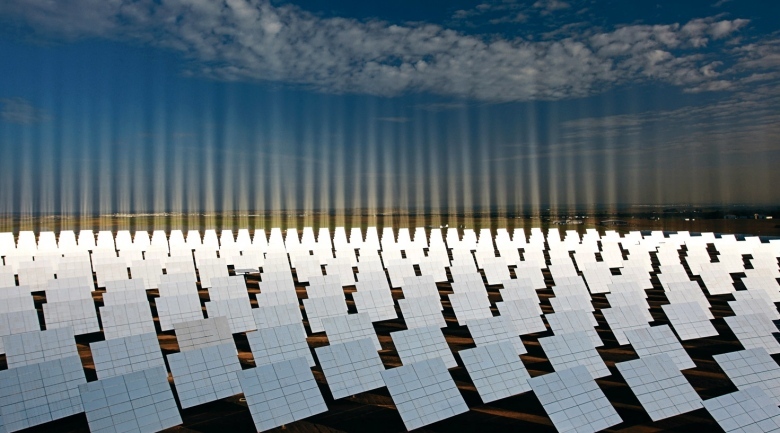
One of the greatest promises of the high-tech future, whether made explicitly or implicitly through shiny clean concept sketches, is that we will have efficient energy that doesn’t churn out dangerous and damaging? pollutants? into the atmosphere and onto the streets.
But here in the present, politicians and even many clean energy advocates maintain that a world run on hydrogen and wind, water and solar power is not yet possible due to technical challenges like energy storage and cost.
Yet Stanford University researchers led by civil engineer Mark Jacobson have developed detailed plans for each state in the union that to move to 100 percent wind, water and solar power by 2050 using only technology that’s already available. The plan, presented recently at the AAAS conference in Chicago, also forms the basis for The Solutions Project nonprofit.
“The conclusion is that it’s technically and economically feasible,” Jacobson told Singularity Hub.
The plan doesn’t rely, like many others, on dramatic energy efficiency regimes. Nor does it include biofuels or nuclear power, whose green credentials are the source of much debate.
The proposal is straightforward: eliminate combustion as a source of energy, because it’s dirty and inefficient. All vehicles would be powered by electric batteries or by hydrogen, where the hydrogen is produced through electrolysis rather than natural gas. High-temperature industrial processes would also use electricity or hydrogen combustion.
